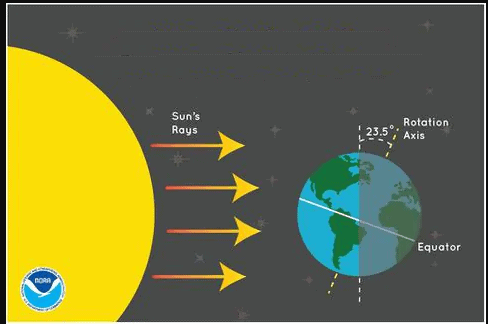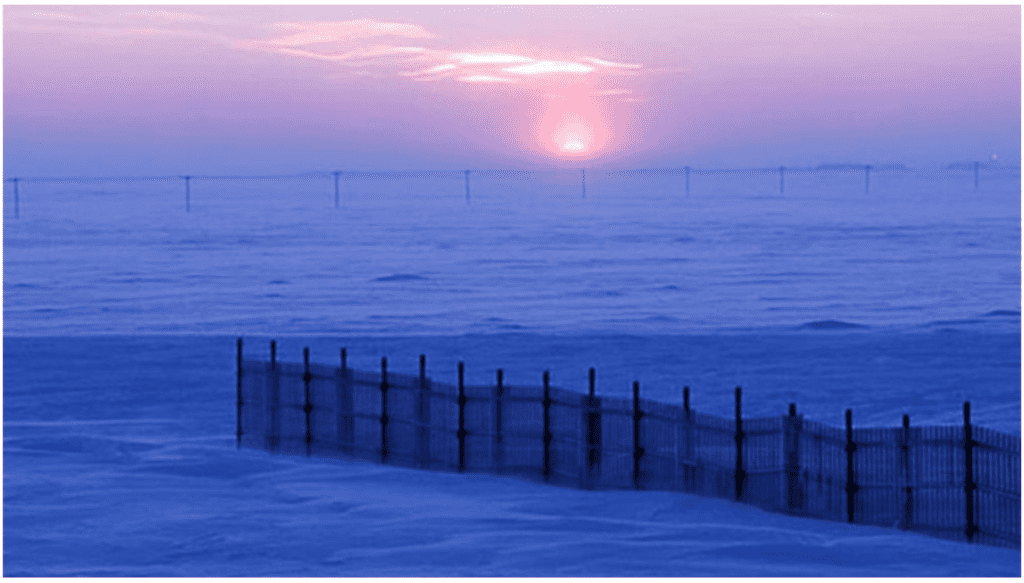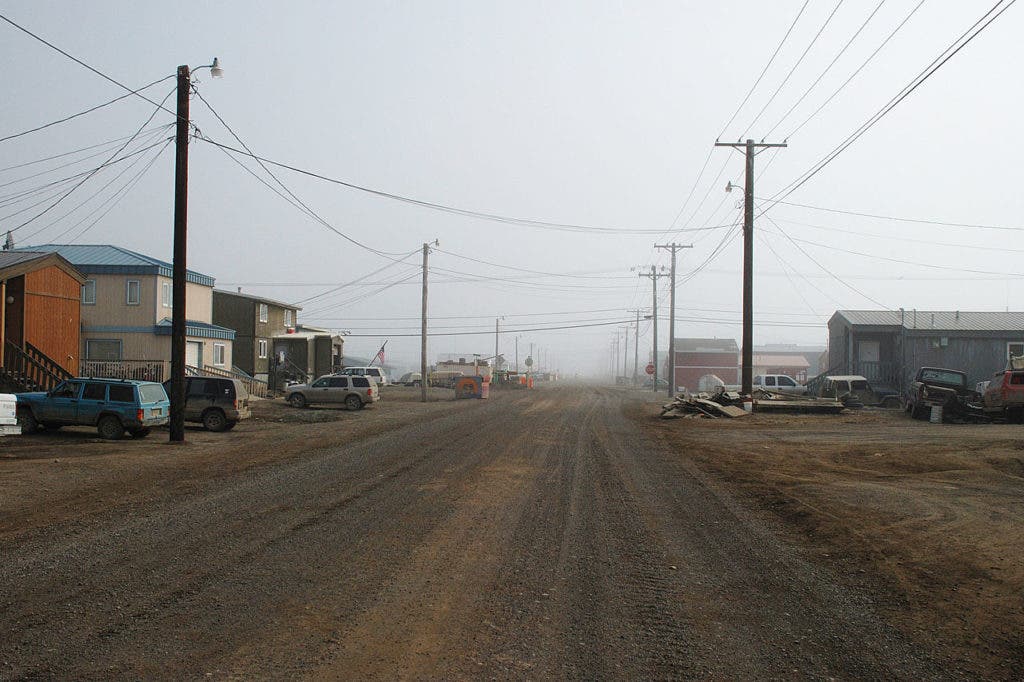As winter takes over in the northern hemisphere, there is less and less daylight — but some places have it worse than others.

The city of Utqiagvik hosts over 4,000 people and is the northernmost place in the United States. Just 2.6% of the Earth’s surface lies farther from the equator than Utqiagvik.
The city lies way north of the Arctic Circle and has been home to the Iñupiat, an indigenous Inuit ethnic group, for more than 1,500 years. The city was called Barrow until 2 years ago when a referendum was held to change the city’s name back to its Inuit roots. Utqiagvik, one of the oldest permanent settlements in the United States, is now bracing for a long period of darkness.
The official term is polar night. It happens in the world’s northernmost and southernmost areas when the night lasts for more than 24 hours. Because the Earth rotates around the Sun at an angle, the polar areas are tilted away from the sunlight during winter — for the North Pole, that falls roughly fro September to March, and for the South Pole, in March to September. The closer an area is to the pole, the longer the polar night — and subsequently, the polar day.

But just because there’s no sunrise, it doesn’t mean that Utqiagvik will be drenched in complete darkness. It will be dark, but there will still be some light.
The light is coming from below the horizon. Even though the sun isn’t visible, some light from it can curve around the Earth and go above the horizon. It’s the same reason why during sunrise you see some light from the sun before actually seeing the sun.

However, because light has to travel a longer path through the Earth’s atmosphere, it’s more likely to be diffracted, and often ends up with reddish/violet/orange hues. During Utqiagvik’s 66 days of “polar night”, the “days” are likely to have some light, but also some bizarre colors.
Defining sunrise in this situation is also interesting. Is it the top of the Sun, the middle, all of it? The US Naval Observatory define sunrise/sunset as follows:
“Sunrise and sunset conventionally refer to the times when the upper edge of the disk of the Sun is on the horizon, considered unobstructed relative to the location of interest. Atmospheric conditions are assumed to be average, and the location is in a level region on the Earth’s surface.”
With that definition, Utqiagvik’s next sunrise will have to wait until Thursday, 23 January 2020, local time 13:10. The sun will only make a brief appearance before setting approximately one hour later.
However, due to the area’s geography, the weather will actually get colder after January. February is generally the coldest month, averaging −14.2 °F (−25.7 °C).



